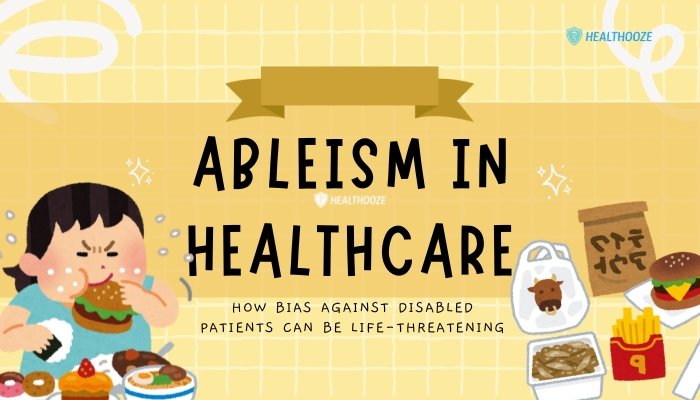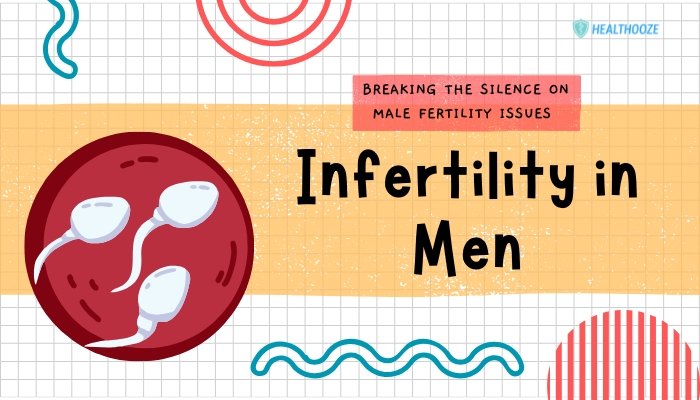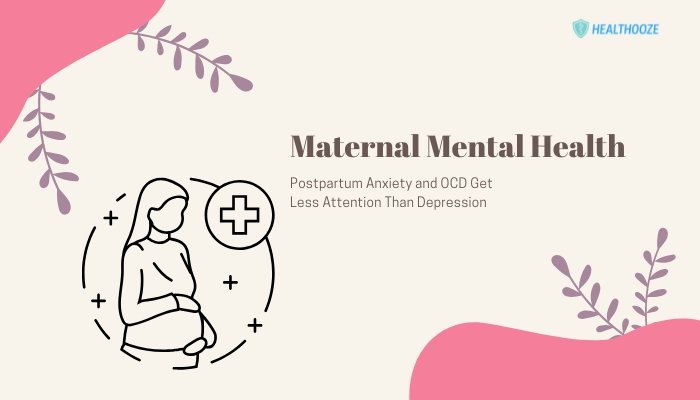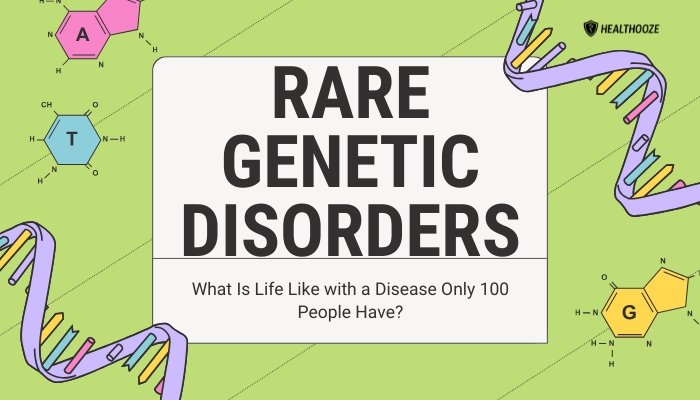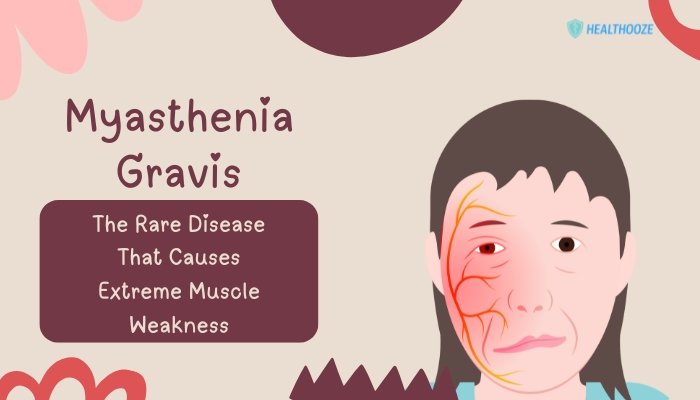Introduction
The term ableism describes prejudice or discrimination in favor of nondisabled people, often manifesting as stereotypes, lack of accommodations, or disregard for the experiences of disabled individuals. In healthcare contexts, ableism can have dire repercussions: missed diagnoses, delayed treatment, and even premature death.
Although many providers strive to be empathetic and inclusive, systemic issues, unconscious bias, and societal attitudes still can lead to compromised care for disabled patients. This article explores how ableism arises in clinical settings, the consequences for people with disabilities, and how providers and advocates alike can address these harmful patterns.
Defining Ableism and Its Forms in Healthcare
What Is Ableism?
At its core, ableism is the belief that people without disabilities have a higher or more “normal” status, often marginalizing those with physical, cognitive, or sensory impairments. This can take various forms:
- Attitudinal Bias: Viewing disabled people as incapable or “less than,” ignoring personal autonomy or discounting their reports of pain.
- Structural Barriers: Healthcare facilities lacking ramps, sign language interpretation, or consistent wheelchair-friendly spaces.
- Communication Gaps: Dismissing or belittling concerns and failing to provide accessible information.
How It Appears in Medical Settings
- Inaccessible Exam Rooms: Equipment or facilities that limit thorough physical exams for wheelchair users.
- Assumptions About Quality of Life: Providers might reduce the priority of care, perceiving disabled patients as having a lower “quality of life.”
- Diagnostic Overshadowing: Dismissing new symptoms as part of one’s existing disability, delaying detection of unrelated but treatable conditions.
Real-World Impacts of Ableism
Missed or Delayed Diagnoses
If a provider attributes complaints to a pre-existing condition instead of investigating new or serious issues, disease progression can go unchecked. Examples include:
- Heart Disease Overlooked: Complaints of fatigue or shortness of breath might be labeled as “normal for your condition,” missing potential cardiac crises.
- Mental Health Dismissed: Emotional distress might be chalked up to the disability, rather than recognized as treatable anxiety or depression.
Inadequate Pain Management
Disabled individuals often report their pain is taken less seriously or overshadowed by a belief they “can’t feel more pain” or are exaggerating. This leads to insufficient analgesics, hindering recovery or daily functioning.
Patient Autonomy Undermined
Some clinicians may speak with a disabled person’s companion rather than directly with the patient, ignoring their ability to articulate their needs. This undermines patient autonomy and fosters frustration or helplessness.
Increased Mortality Risk
Delays in care or substandard treatments undeniably raise the risk of complications or preventable death. In some extreme cases, prejudicial views can result in the denial of life-saving interventions.
Why Ableism Persists in Healthcare
Lack of Training and Awareness
Medical and nursing schools typically offer limited disability-specific curricula. Providers might be unfamiliar with best practices for communicating with or examining disabled patients, resulting in oversights.
Underrepresentation
Few disabled healthcare professionals or patient advocates hold decision-making roles. Consequently, critical perspectives on accessibility or bias remain underrepresented during policy-making or staff training.
Time Constraints and Resource Pressures
Busy clinics, short appointments, and cost concerns lead providers to rapid decisions or default assumptions. Disabled patients, needing more time or specialized equipment, may not receive the thorough evaluations they deserve.
Overcoming Ableism: Practical Measures
Structural and Policy Reforms
- Accessible Facilities: Mandating accessible equipment (height-adjustable exam tables, wheelchair scales, etc.).
- Clear Guidelines: Ensuring best-practice recommendations incorporate disability accommodation.
- Legislative Support: Strengthening laws that protect the right to accessible care, possibly incentivizing advanced training on disability awareness.
Provider Education and Sensitivity
- Continuing Medical Education (CME): Modules on disability rights, communication, and universal design of care.
- Implicit Bias Training: Encouraging self-reflection about personal assumptions regarding disability to reduce microaggressions or paternalism.
Patient-Centered Approaches
- Ask and Listen: Providers can best serve patients by inquiring about unique needs—like how to position someone with limited mobility—and respecting their expertise about their own bodies.
- Enhancing Communication: For Deaf or hard-of-hearing patients, ensuring sign language interpreters; for those with cognitive impairments, using simplified language or visual aids.
Empowering Disabled Patients
Self-Advocacy
Encouraging disabled individuals to confidently request accommodations or second opinions fosters a sense of control. Some carry or wear “patient passports” or medical ID notes detailing their disability-specific concerns.
Legal Protections and Complaints
In many regions, anti-discrimination laws enable patients to file grievances if healthcare providers systematically refuse reasonable accommodations. Knowledge of such laws can back patients’ requests for inclusive care.
Peer and Community Support
Local or online groups create spaces to share experiences of good or bad care, recommend disability-friendly clinics, or swap coping tips. This communal approach can reduce feelings of isolation or helplessness.
Conclusion
Ableism in healthcare is neither inevitable nor minor—it undermines the well-being and survival of disabled patients. By underestimating their physical complaints or ignoring accessibility, practitioners can inadvertently cause harm. Yet solutions exist: from inclusive training and facility upgrades to robust patient self-advocacy and clear, enforced anti-discrimination policies. As more healthcare professionals and institutions recognize the value of respectful, disability-conscious care, the longstanding cycle of missed diagnoses and suboptimal treatment can be broken. Ultimately, bridging these gaps safeguards lives, fosters trust, and upholds the fundamental principle that all patients deserve dignified, high-quality medical attention.
References
- Iezzoni LI, O’Day B. More Than Ramps: A Guide to Improving Health Care Quality and Access for People with Disabilities. Oxford University Press.
- Shakespeare T, Iezzoni LI, Groce NE. Disability and the training of health professionals. Lancet.
- Krahn GL, Walker DK, Correa-De-Araujo R. Persons with disabilities as an unrecognized health disparity population. Am J Public Health.

